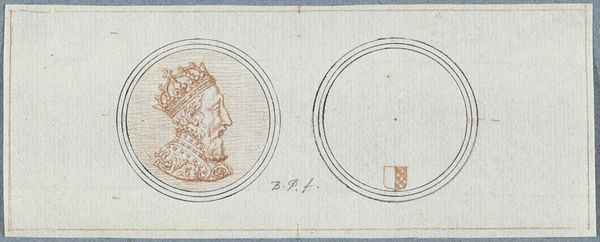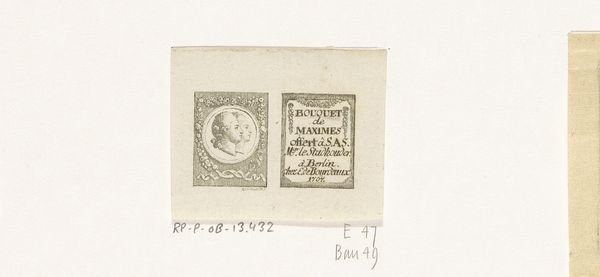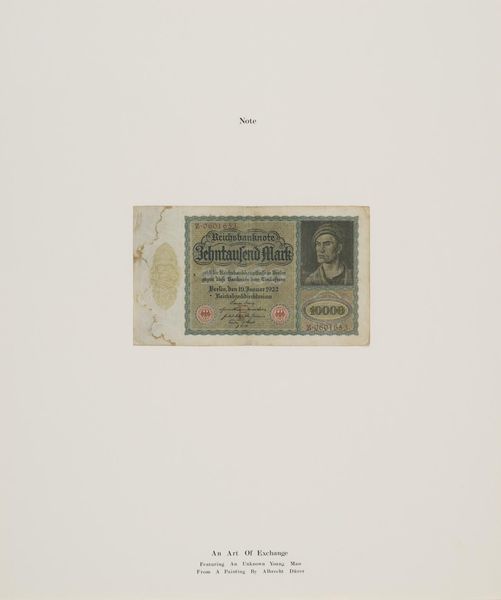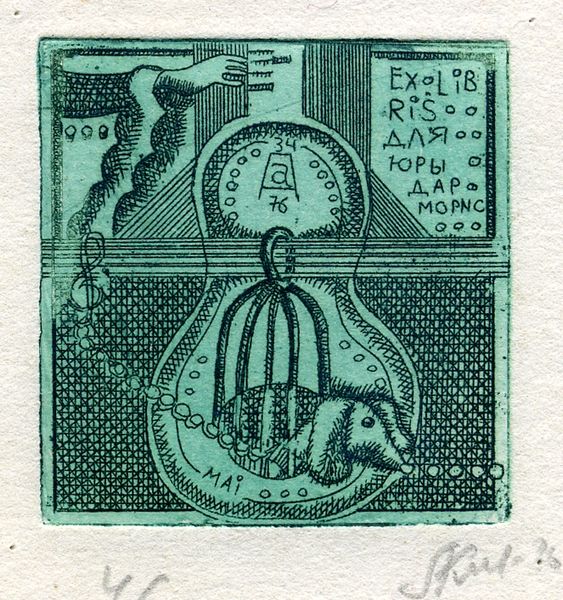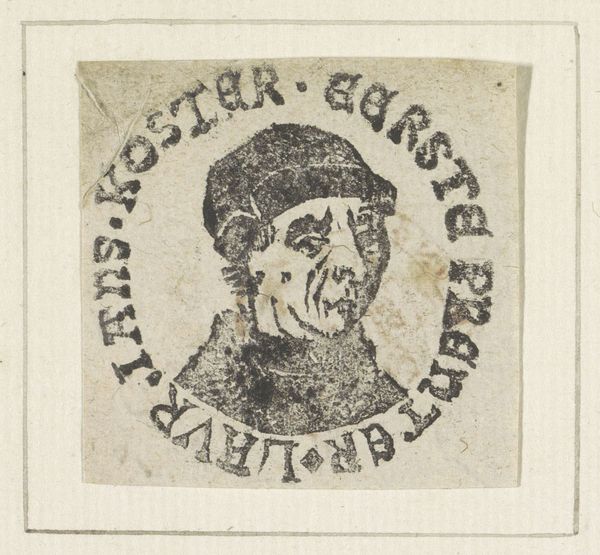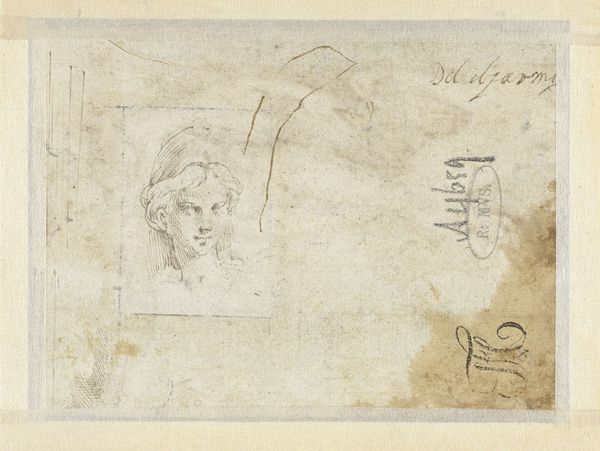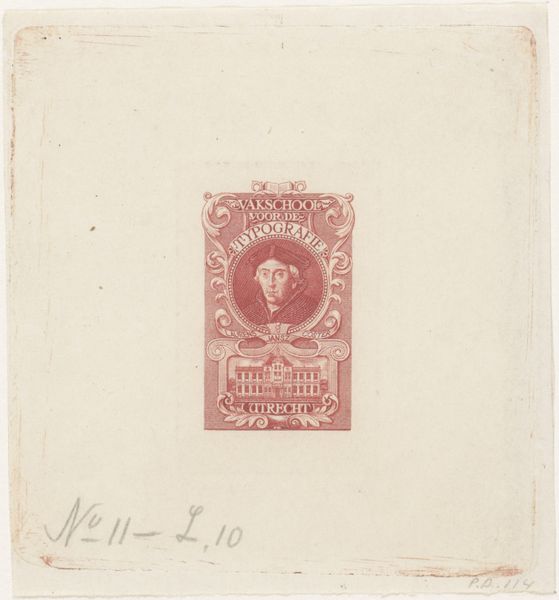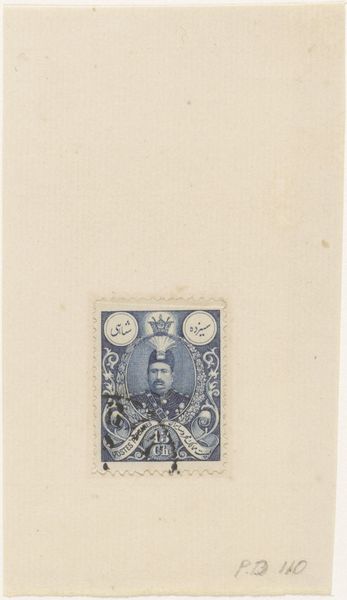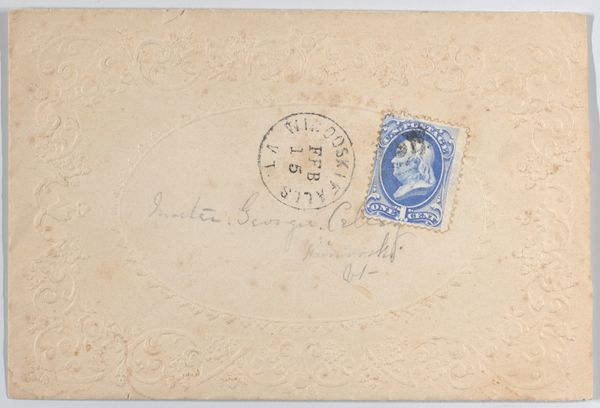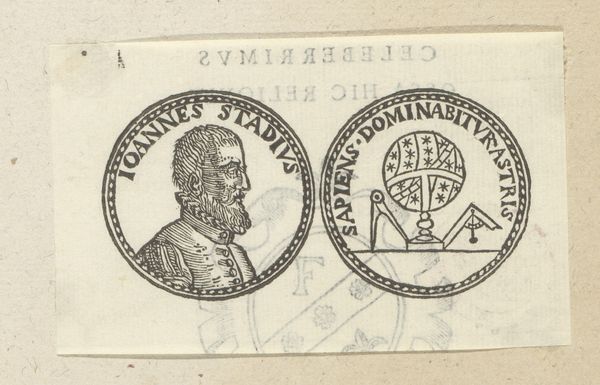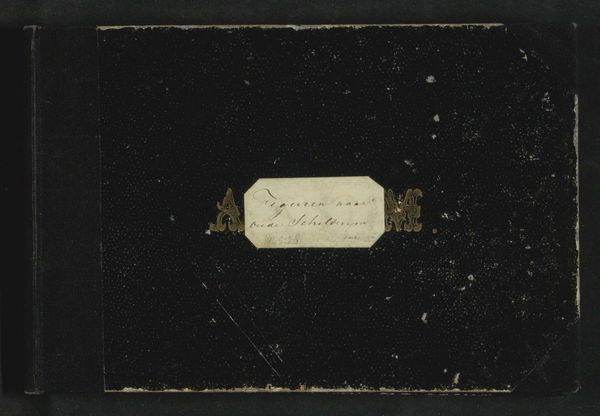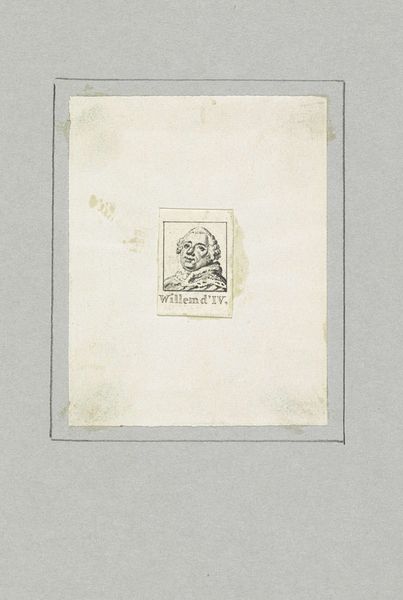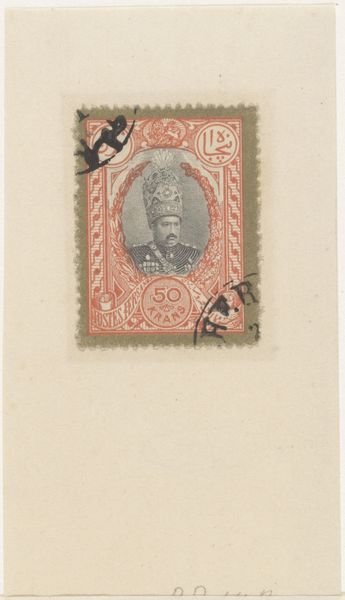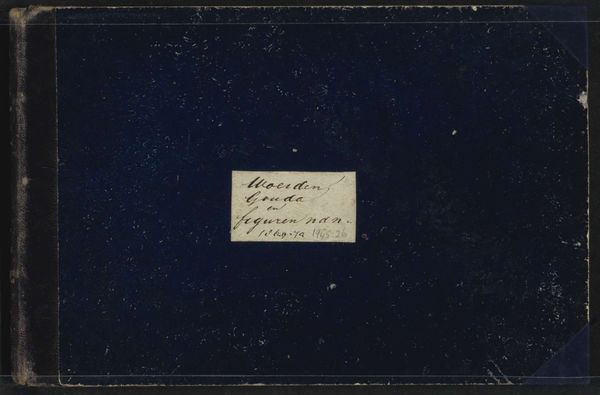
drawing, pencil, graphite
#
drawing
#
coloured pencil
#
pencil
#
graphite
#
academic-art
#
realism
Copyright: Public domain
William Michael Harnett created "Still Life: Ten-Cent Bill" to explore themes of value and deception within the context of late 19th-century American society. Harnett was working in a time when the country was rapidly industrializing, leading to new class divisions and anxieties about wealth. Harnett was celebrated for his trompe-l'oeil paintings, a technique which means "deceives the eye". These offered a new form of American realism. The painting depicts a worn ten-cent bill and fragment of newspaper against a dark background. Through his meticulous rendering, Harnett elevates an everyday object to a subject worthy of artistic attention. The choice of currency as a subject raises questions about the nature of value, both economic and artistic, in a rapidly changing world. Harnett's painting invited viewers to reflect on the social and economic realities of their time. The ordinary ten-cent bill becomes a mirror, reflecting societal values and the complex relationship between art, money, and perception.
Comments
No comments
Be the first to comment and join the conversation on the ultimate creative platform.
